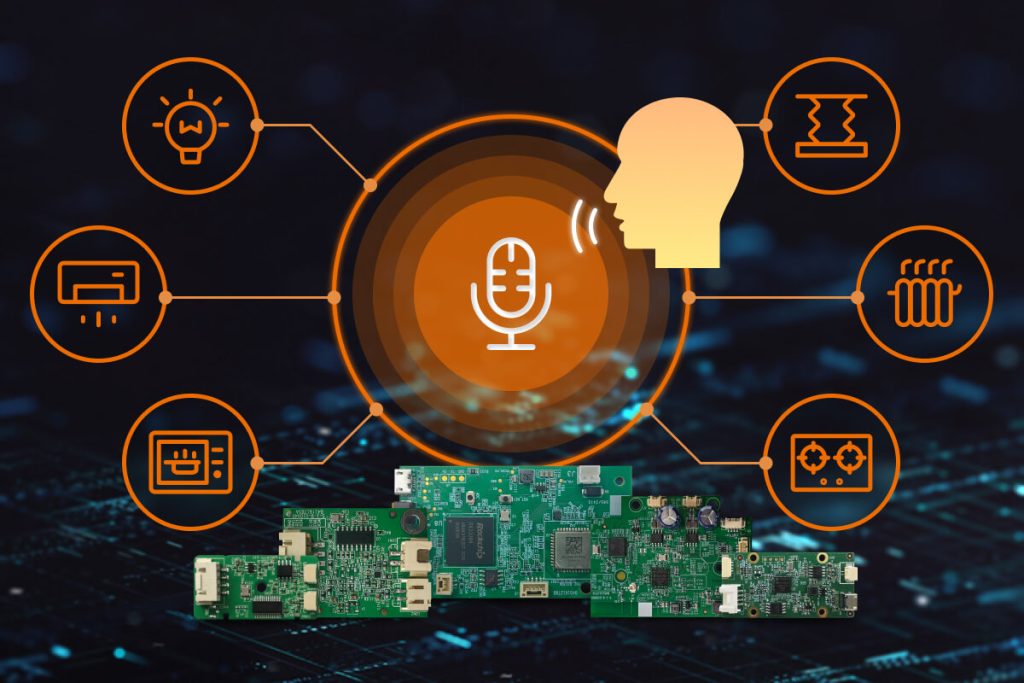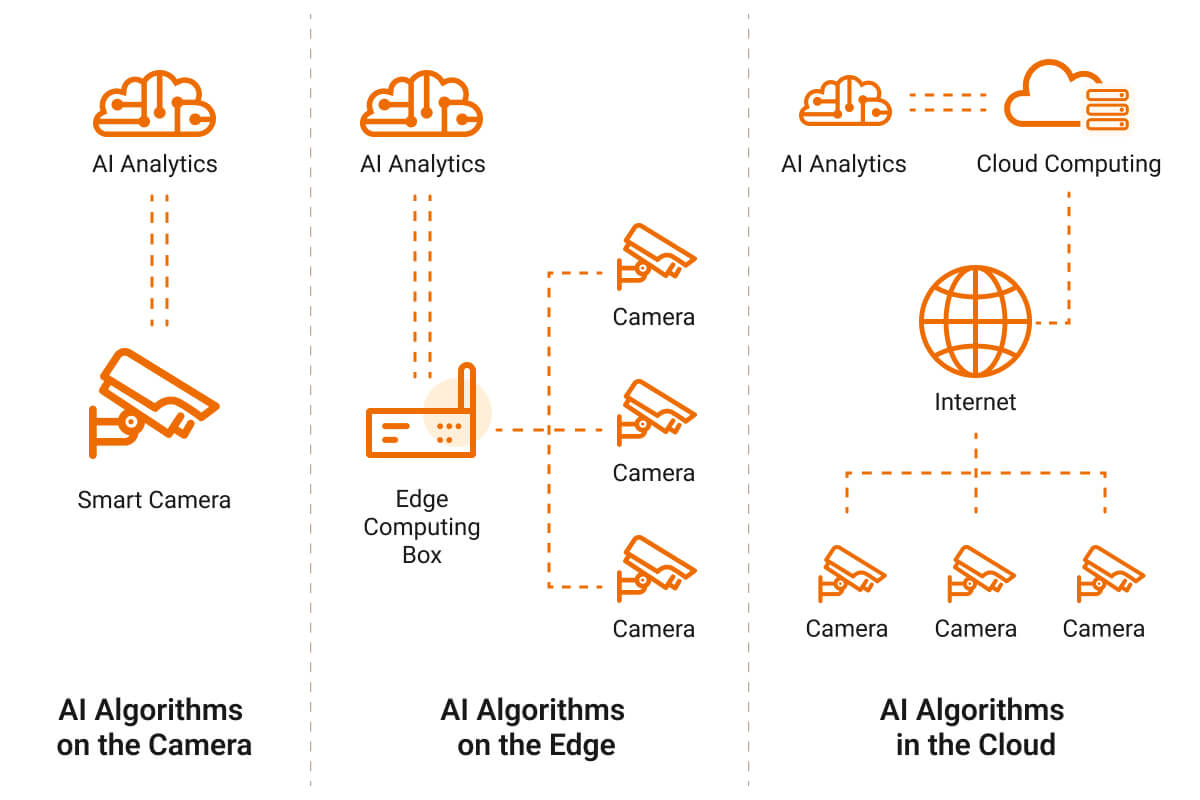Therefore, if you want to succeed in the home appliances market, integrating AI-powered offline voice control is a strategic move. Here’s how this technology works and why you should use our speech recognition modules in your products.
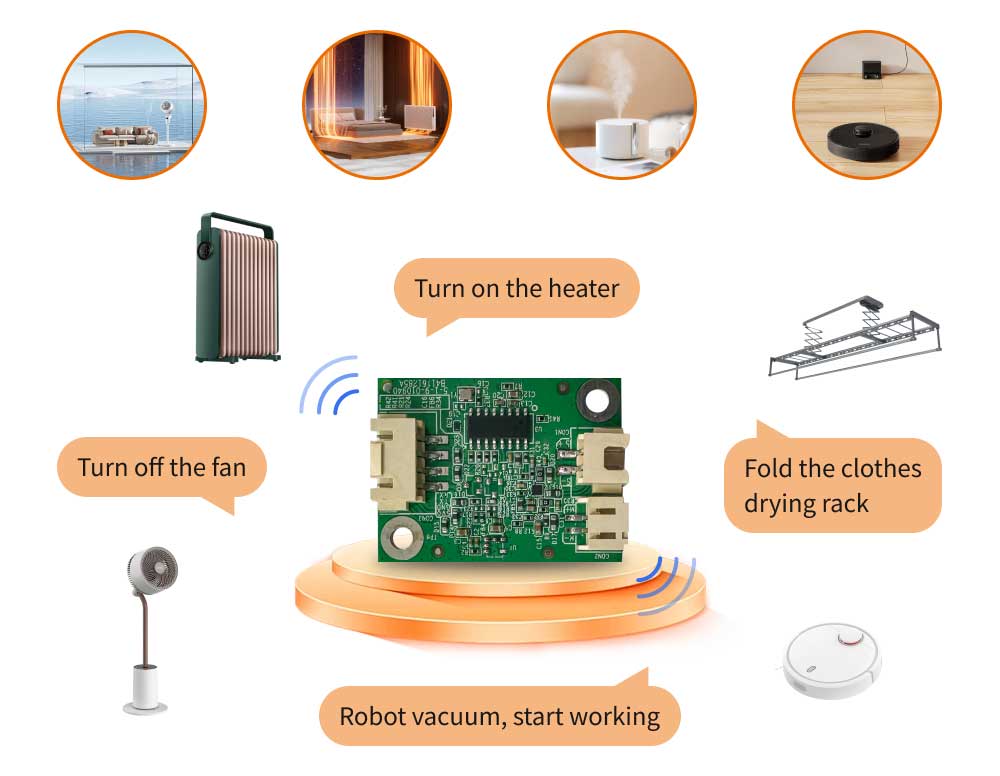
Benefits of Using Voice Recognition Modules to Control Home Appliances
Convenience
Besides being fun to use, one of the greatest benefits of using voice to control home appliances is its convenience. This feature enables customers to control devices from the comfort of their beds or couches, or even when their hands are not clean.
Enables Multitasking
Juggling several tasks simultaneously becomes easier with voice control, especially in the kitchen. For instance, if chopping veggies while cooking rice using a rice cooker, users can pause or start the cooking timer without pausing the current task.
Increases Accessibility
The elderly and disabled can have better control over the appliances in their homes without requiring assistance if they feature voice control. They don’t need to walk to each appliance every time and the interaction is easier than using physical buttons in a remote controller. Kids can also benefit from this simplified voice control interaction, which is fun for them as well.
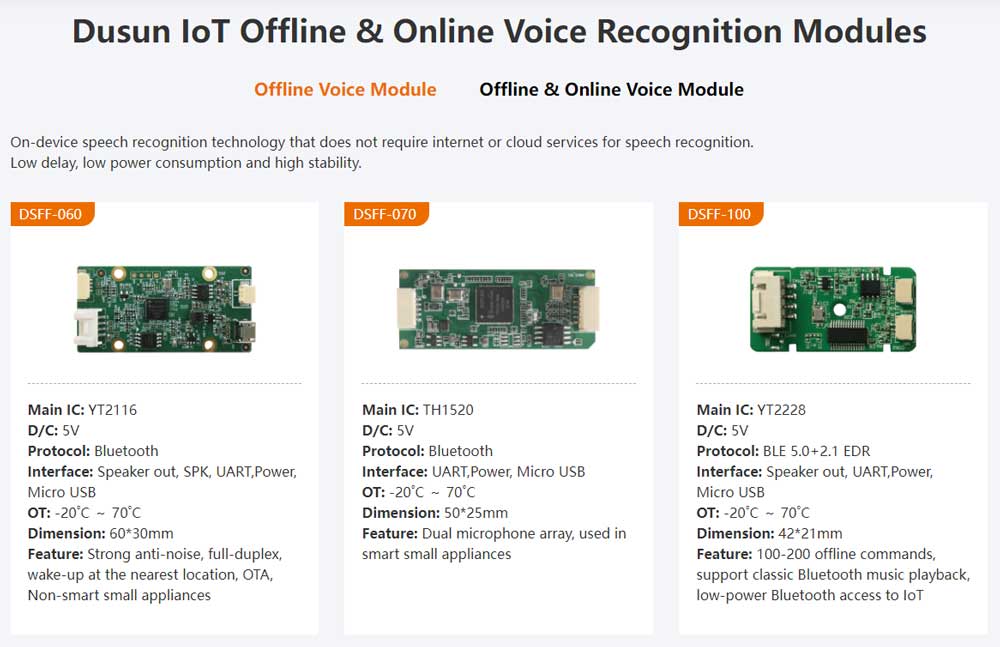
Introducing Online and Offline Voice Recognition Modules for Voice-Controlled Home Appliance
Most people are accustomed to voice assistant platforms like Amazon Alexa for controlling home appliances using voice commands, but there is another way to do it. From the manufacturing and user perspectives, it is possible, and in fact even better, to integrate an offline voice recognition module into the appliance.
This module enables users to use specific commands to control the appliance directly without involving third-party devices or accessing the internet. Without internet access, this voice interaction also becomes more privacy-friendly.
What is an Offline Voice Recognition Module?
An offline voice recognition module is a piece of hardware with built-in DSP (Digital Signal Processing). With this technology onboard, this module can do voice recognition and voice synthesis without relying on cloud server processing.
The module uses advanced intelligent voice recognition algorithms and built-in entries to handle this processing, and this edge computing approach to voice processing reduces the response latency, lowers power consumption, improves stability, and enhances system security (privacy).
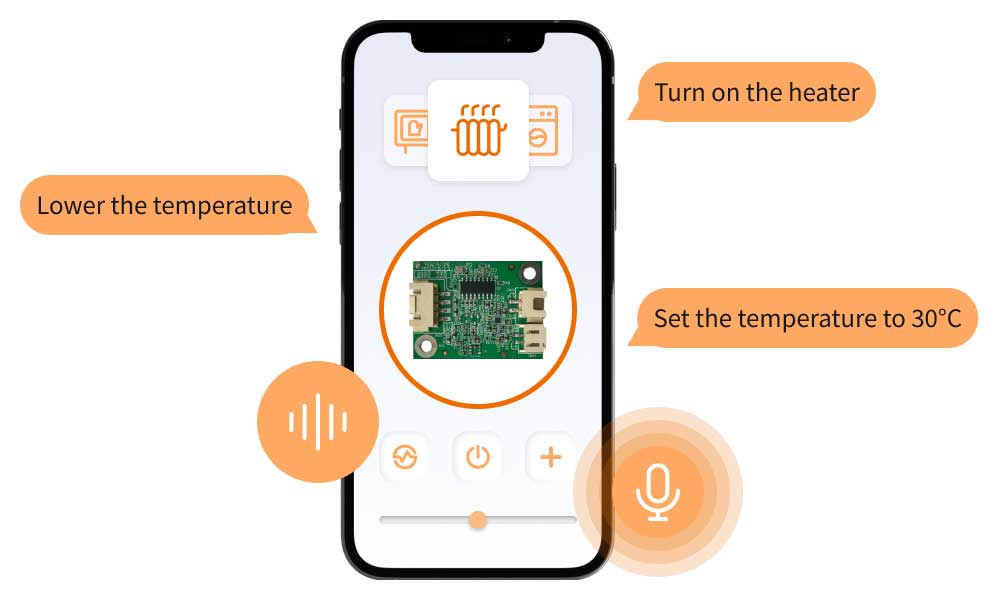
Offline vs. Online Voice Recognition Modules
Offline Voice Recognition Modules
Pros
- Internet Connectivity Not Required: Offline voice recognition modules feature intelligent voice recognition algorithms and command entries built-in, so there’s no need to send or source any data from the internet.
- Low Latency Communication: Edge or local processing reduces the communication latency, making the response time quick.
- Secure and Private Communication: Since the voice data is not uploaded to the cloud for processing, the communication is safety-guaranteed. Cloud service voice assistant providers might also collect data for training or commercial purposes, so this option assures users of privacy as well.
- Low Cost: The hardware and operating costs of offline voice recognition modules are lower relative to online modules.
Cons
- Limited Command Entries: Since they don’t need to link to a cloud, these modules must be programmed to have the command word files and recognition thresholds set beforehand. This makes the system a bit static and less humanized.
- Unable to Update Entries in Real Time: Although a bit static, it is possible to update the entries and recognition algorithms in the module, but this cannot be done in real-time. Therefore, the device it is integrated into won’t be able to adapt to new voice commands in real-time.
Online Voice Recognition Modules
Pros
- High Recognition Rate: Cloud resources are powerful and learn from data emanating from multiple users. This enhances their recognition rate.
- High Flexibility: Online recognition can switch recognition modes depending on changes in the network environment, making the voice interaction experience more flexible.
- Highly Scalable: These modules support online voice database and recognition algorithm updates to adapt and scale to different environments and commands.
Cons
- Internet Dependent: Online voice recognition modules partially rely on the cloud to function, so if the internet goes down, users won’t get the full speech recognition functionality. If the internet is unstable, the response time will be slow. The internet link also presents privacy and security issues.
- High Cost: These modules have higher hardware and operating costs.
Can Wake-Up or Command of Offline Voice Recognition Modules Be Customized?
Yes, they can. To make offline voice recognition modules viable for home appliances, we have addressed their shortcomings by making it easy to update the command entries and using NLP to un-limit them. More on NLP later.
On the command entry updating issue, you can only handle this process if you have an in-depth understanding of the module’s technical specifications and wake-up characteristics. As the voice control module manufacturer, our experts have this knowledge, so we can design short, clear, and easy-to-remember wake-up/command words that are scene-related (to avoid similar syllables).
After that, we edit the command word file (according to the module’s requirements), and then configure parameters like the recognition threshold.
We also measure the effectiveness and recognition rate of each wake-up word in the real environment to filter noise interference. This process requires adjustments and optimizations of the command words or their parameters to achieve the best results (noise cancellation).
The final step is to deploy the custom module to the smart home appliance.
Case study: Home appliance control enabled by AI offline speech recognition modile and mobile app
Technology Trend for Voice Control Home Appliance: AI Empowers Natural Language Processing (NLP)
Speech recognition technology has advanced by leaps and bounds, but it is still plagued by three key pain points.
Inaccuracy
The speech recognition ability of these systems is greatly affected by environmental noise and speaking speed. These issues destabilize the systems, making it difficult to work effectively in complex environments where many users speak to them or when placed near noise sources.
Accents
People have different accents and pronunciation habits that might be challenging for the voice recognition algorithms to understand and process.
Response Time
Although speech recognition technology has grown, its real-time response and robustness still need improvement to cope with instant feedback in complex and dynamic environments.
Narrowing it down to offline modules, their limited command sets make them less capable of handling complex interactions.
What is NLP (Natural Language Processing) Technology?
NLP is a subfield of AI that enables computers to process natural language by simulating human language understanding and analysis. It uses machine learning to make computers capable of communicating with human language, understanding it (semantics and sentiment), analyzing text, and extracting information.
In electronics and home appliances, NLP can be combined with offline voice recognition modules to enable users to interact with the devices more naturally using voice.
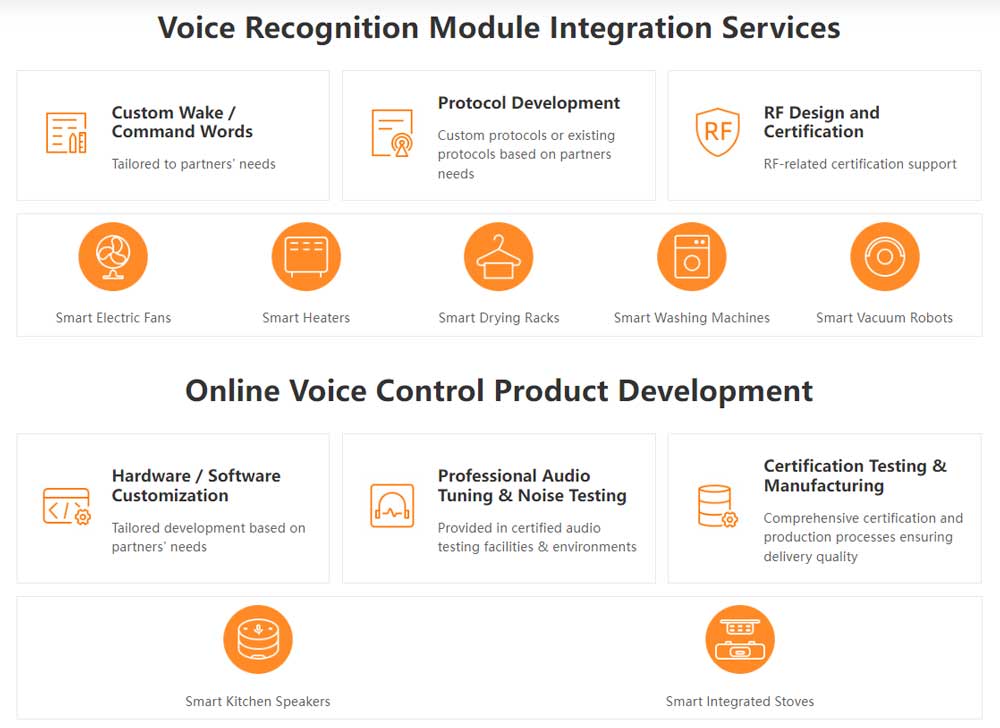
Benefits of Using AI-Powered NLP Voice Recognition Modules in Home Appliance Control
These two components operate at different levels. While offline voice recognition modules can only respond to preset voice commands, NLP expands this scope because it can process richer language information.
Therefore, this combination provides the following benefits.
Makes Home Appliances More Humanized
Because they can understand deep language semantics, AI-powered NLP voice recognition modules can handle more complex conversations using voice or chat to give better interactions and enhance the user experience.
Better Learning and Adaptability
NLP is not static. The technology learns and adapts over time to optimize its performance and intelligence. So with time, the appliances will be able to understand more phrases, improve their recognition accuracy, and adapt to more diverse user needs/application scenarios to provide a more seamless interaction.
Enables Device To Handle Multiple Intents
NLP technology has evolved to understand multiple intents, so instead of giving one instruction at a time, users can say something like “Turn on the fan and set the speed to high”. The AI-powered NLP module can understand the two requests in a single utterance, which reduces unnecessary dialogue turns. This makes the interaction more human-like, convenient, and efficient.
Introducing Dusun IoT’s Voice Control Home Appliance Module Solution
Our far-field offline voice recognition modules are tailored for smart home appliances, specifically to upgrade them by integrating innovative functions and technical advantages.
On integration, these devices feature micro USB power supplies, UART serial ports for transmitting control signals to the appliance after recognition and processing, and speaker-out interfaces to simplify deployment.
For voice capturing, Dusun IoT employs a dual microphone array with noise reduction, which uses AI algorithms in two ways. First is through front-end signal processing, which eliminates echoes and background noise. The second way is by deeply analyzing and adapting to the appliance’s white noise over time to enhance recognition accuracy even in noisy environments.
These modules can store up to 200 wake-up words that can be customized to provide a rich vocabulary for various smart home products. Additionally, they support NLP to allow users to interact with the devices using more fluent and natural language.
Another important feature is their Bluetooth connectivity, which enables users to control home appliances via mobile apps. Our recent partnership with a home appliance brand made their heaters smart enough to have two remote control options (voice and mobile app), and once any adjustment is made by voice, this change synchronizes with the app in real-time.
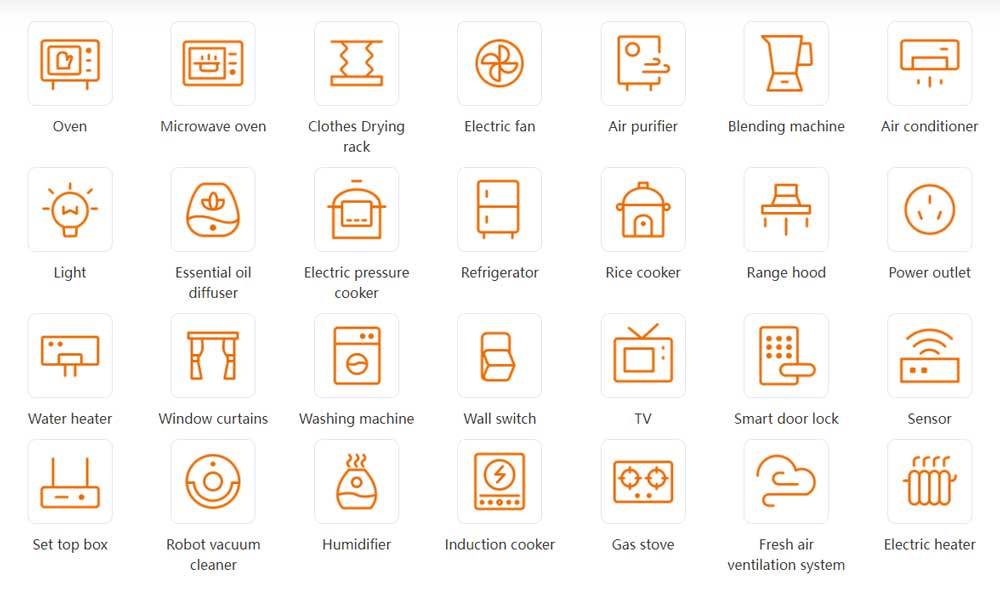
What About Online and Offline Voice Modules?
We also manufacture online and offline voice recognition modules that support WiFi (2.4GHz) and Bluetooth. These are necessary for applications like weather querying and online music playback. They use front-end algorithms for voice processing and cloud-based recognition to function.
But you don’t need to query the weather from your fridge or control music playback from a streaming service on your electric fan. So offline modules are practical for most home appliances, including washing machines, drying racks, microwave ovens, blenders, ACs, robot vacuum cleaners, etc. Even car entertainment systems can use these modules to control volume adjustment, music playback, phone calls, and navigation.
So contact us today to transform your devices with voice recognition and make them more marketable. You can learn more about our product development, solution process, integration services, available (ready-made) voice recognition module hardware, and use cases here.









